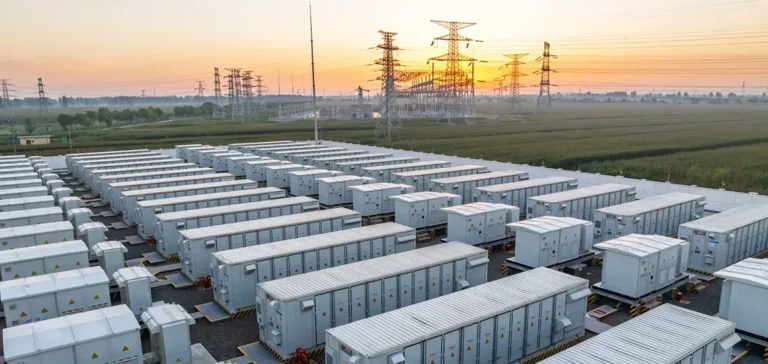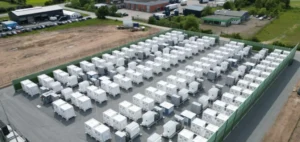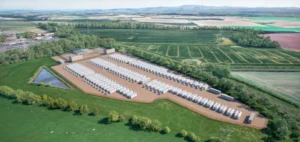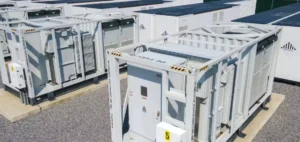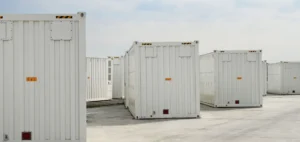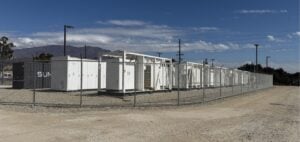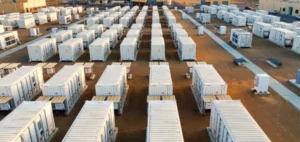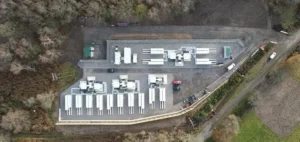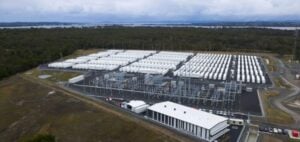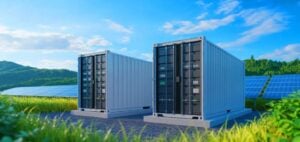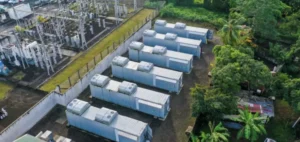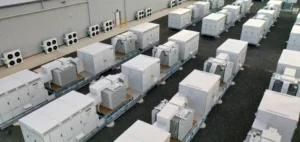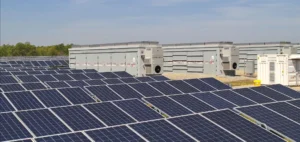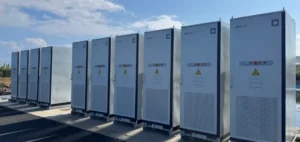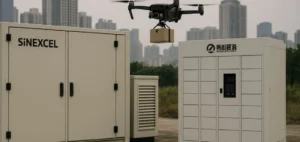The launch by the State of New York of its first dedicated call for tenders for bulk energy storage marks a decisive advance in the transformation of its electrical infrastructure. The stated goal is to select projects totalling one gigawatt of capacity, as the first phase of a global strategy targeting six gigawatts of storage. This initiative aims to secure supply, stabilise the grid against consumption peaks, and reduce costs for consumers.
A structuring regulatory and financial framework
The Bulk Energy Storage programme, led by the New York State Energy Research and Development Authority (NYSERDA), imposes a rigorous framework, aligned with the new safety codes adopted by the State Fire Prevention and Building Code Council. These measures require operators to submit detailed safety plans and ensure integration of recommendations from the Inter-Agency Fire Safety Working Group (FSWG). The requirements will apply to all projects upon commissioning, ensuring early compliance with standards set to come into force in 2026.
The adopted incentive mechanism is based on the Index Storage Credit (ISC), a regulatory innovation inspired by the Renewable Energy Certificates (REC) and Offshore Wind Renewable Energy Credits (OREC). This system provides remuneration indexed to the actual operational availability of the facilities, evaluated monthly over the duration of the contracts, between 15 and 25 years. The use of the ISC aims to offer greater financial visibility to project sponsors while encouraging them to optimise the performance of storage units.
Selection process and investment support
Applicants for this first call for tenders must submit an initial application for eligibility assessment before submitting a detailed project. Validation of this first stage is required to access the final selection phase. In addition, the New York Green Bank, NYSERDA’s specialist investment branch, offers tailored financing solutions to support the development of selected infrastructure.
Safety is central to the specifications. No payment is made before the completion of independent inspections and validation of safety plans. NYSERDA teams also support local authorities with training, technical assistance and providing model regulations to guide the installation of equipment.
An ambitious roadmap for the State of New York
Beyond the gigawatt targeted in this call for projects, the state’s energy roadmap plans for the integration of six gigawatts of storage by the end of the decade. This strategy also includes the deployment of 200 megawatts for the residential sector and 1,500 megawatts for commercial and community applications. At least 35% of the benefits from new projects must be allocated to priority areas according to energy equity criteria defined by state authorities.
The coordinated mobilisation of public and private stakeholders, combined with a demanding regulatory framework and innovative financial mechanisms, should enable the rapid growth in demand to be met while ensuring network resilience. The announcement of the launch of this call for tenders has prompted a series of positive reactions from industry stakeholders, stressing the need to accelerate the deployment of storage to support the modernisation of the electricity system.


